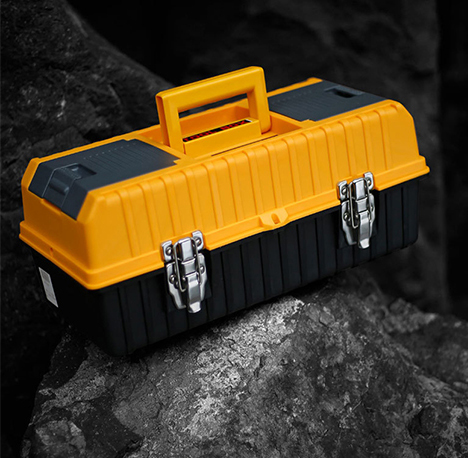High-temperature resistant powder coatings generally refer to coatings whose coating film does not change color and does not fall above 200°C, and can still maintain proper physical effects. Under normal circumstances, high temperature resistant powder coatings are mainly composed of high temperature resistant resins, high temperature resistant pigments, high temperature resistant fillers and special effect additives. Because of their outstanding high temperature resistance, they are widely used in chemical, kerosene, metallurgy, aviation and other occupations. Now heat-resistant powder coatings are still dominated by organic silicon powder coatings.
Silicone-oxygen bonds are used as the main chain in silicone resins. Due to their higher bond energy, the higher oxidation stability of silicone resins is provided, and a stable protective layer can be formed on the surface of the coating. With silicone resin alone, the intermolecular force is small, the adhesion is poor, and the cost is higher. Under the condition of meeting the relevant functions, a moderate silicone resin is usually added to the resin to deal with the temperature resistance problem.

For high temperature resistant powder coatings, within a certain range, the greater the amount of silicone resin added, the longer the application life and heat resistance of the coating film will be. It is said in the literature that when the dosage of a certain silicone resin is increased from 0.1 to 0.3, the heat resistance time of the coating film rises from about 50h to 100h.
The heat source of industrial high temperature is mainly the combustion of various fuels (such as coal, kerosene, natural gas, gas, etc.), and the rolling debate on machinery (such as electric ideas, machine tools, grinding wheels, electric saws, etc.), so that mechanical energy causes heat energy and one-sided source Hot chemical reaction. In terms of the general function of high temperature, the heat resistance of data is above 250°C. At this time, the data assumption cannot be used and protected well, and the hindrance of thermal energy explosion will not be estimated.